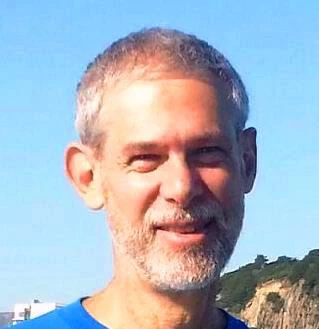 The Olympics have moved into week 2 with track and field replacing swimming as marquee events and the national stadium (better known as the Bird’s Nest) supplanting the Water Cube as the place to see and to be seen. With two competition sessions per day scheduled at the Bird’s Nest, which holds 91,000 spectators, the crowds at the Olympic Green have gotten much bigger and the atmosphere livelier. Families are spending the day on the Green, arriving several hours before competitions and wandering around and/or visiting the numerous sponsor pavilions.
The Olympics have moved into week 2 with track and field replacing swimming as marquee events and the national stadium (better known as the Bird’s Nest) supplanting the Water Cube as the place to see and to be seen. With two competition sessions per day scheduled at the Bird’s Nest, which holds 91,000 spectators, the crowds at the Olympic Green have gotten much bigger and the atmosphere livelier. Families are spending the day on the Green, arriving several hours before competitions and wandering around and/or visiting the numerous sponsor pavilions.
I had been worried that the bigger crowds would lead to long waits in security lines, as I had experienced some delays getting to the Water Cube early in week 1. However, I should have realized that the Chinese authorities are among the most experienced in the world in managing large crowds. Indeed, by Saturday morning – the first day of competition at the Bird’s Nest -- 50 or so additional security lanes had been set up and spectators were being moved smoothly through the check points.
A cool aspect of week 2 is seeing many of the athletes wandering around on the Olympic Green (and elsewhere around town). During week 1, most of the athletes are either competing or in training, so they don’t get out as much (although Kobe and Lebron somehow managed to show for events all over the city; particularly for Michael Phelps’ swimming events). By week 2, however, the swimmers, rowers, weight lifters, archers, shooters, fencers, and many other athletes have finished their competitions and are free to be out and about.
Speaking of Michael Phelps, I was lucky enough to be at the Water Cube to watch him win the last of his eight gold medals. The atmosphere was certainly electrifying. Somewhat overlooked during the same session was a gold medal performance by Tunisian Oussama Mellouli in the men’s 1500 meters. It was the first ever swimming medal for Tunisia and only the country’s ninth Olympic medal ever.
I had the opportunity to talk at some length to several athletes at a party on Sunday evening. The group included a Latvian swimmer, a USA volleyballer, a Canadian rower, a USA women’s shot putter and a Tunisian women’s pole vaulter (it turned out that two of the athletes had been roommates in college, so this was something of a reunion for them). All of them were looking forward to attending competitions in other sports and otherwise exploring the city.
Last night I attended a track and field session at the Bird’s Nest, seeing, among other events, the men’s high jump, men’s discus finals and the men’s 1500 meter final. For those who have never attended a big time track and field meet, it is quite an experience, with multiple events going on at once. The stadium was packed and the crowd was very enthusiastic. As was the case at another track and field session I attended on Saturday, I was impressed by the loud cheers that were given to the last few finishers in the long distance events. I can imagine that this show of support probably means a lot to these athletes who finish several minutes behind the winners, and well out of medal contention.
Later this week I’ll get to experience one more of the multiple venues that have been especially built for the Beijing Olympics, as I have tickets for the men’s beach volleyball finals at the Chaoyang Park stadium. I’m told that the playing ground contains 17,000 tons of fine sand imported from Hainan island.


Join the Conversation